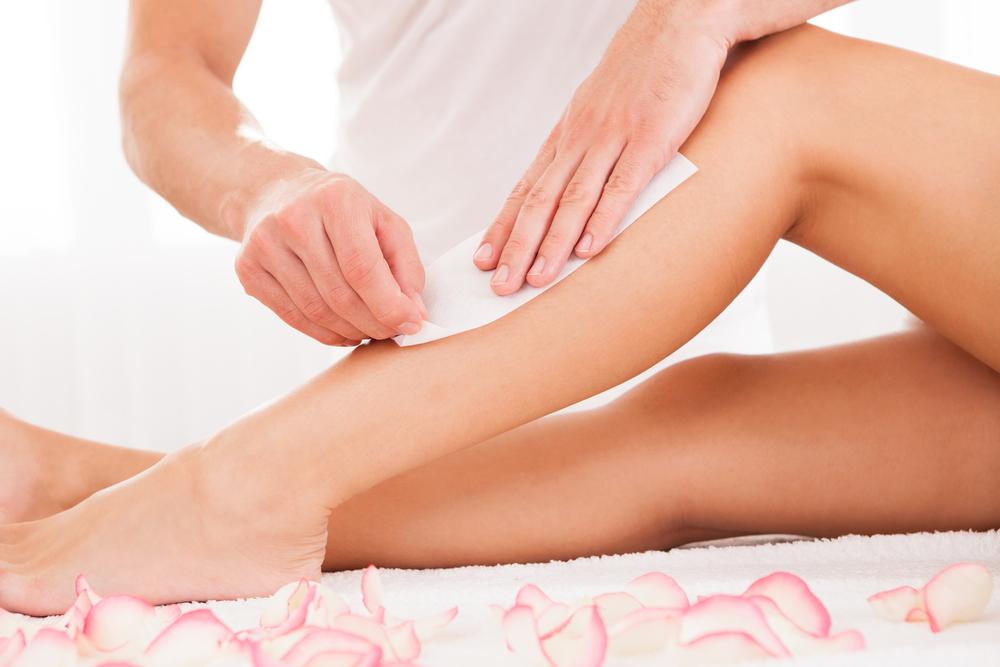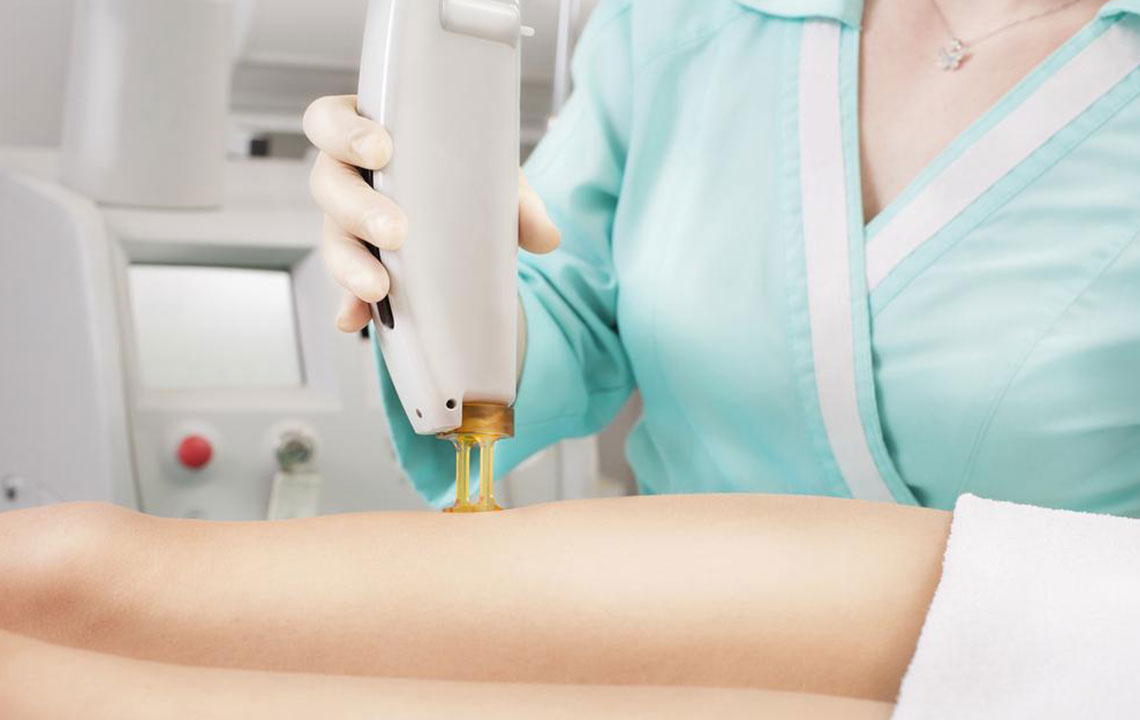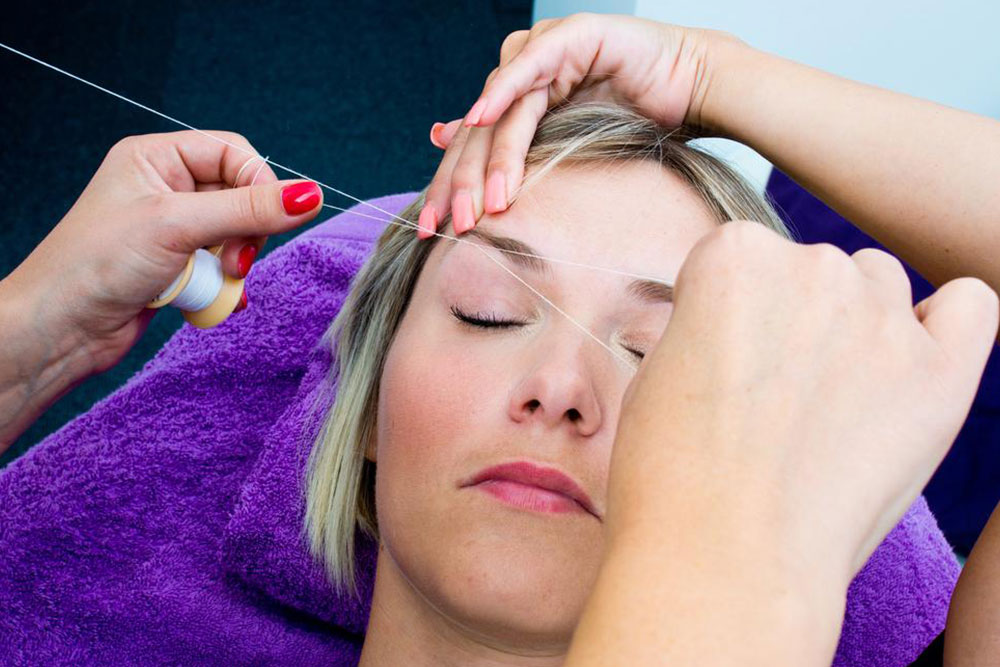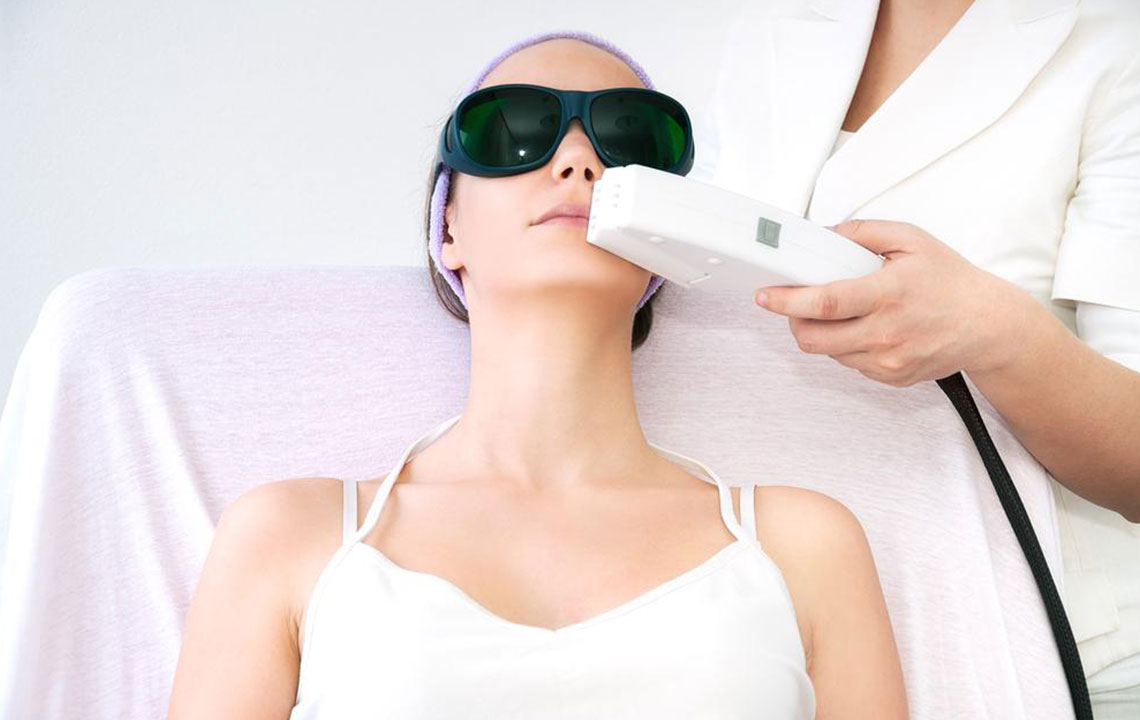Ultimate Guide to Hair Removal Techniques for Women and Men
This comprehensive guide details various hair removal methods suitable for both women and men. From quick fixes like shaving and depilatory creams to long-lasting waxing and permanent electrolysis, discover the pros and cons of each technique. Understanding these options helps you choose the best solution for your skin type, budget, and desired results. Whether you're looking for convenience or permanence, this in-depth overview provides all the necessary information to achieve smooth, hair-free skin effectively and safely.

Ultimate Guide to Hair Removal Techniques for Women and Men
Maintaining smooth, hair-free skin is a goal shared by many women and an increasing number of men. Whether for aesthetic, comfort, or hygiene reasons, choosing the right hair removal method is crucial. The options available today range from quick, everyday solutions to long-term, permanent treatments. Each technique comes with its own set of advantages and considerations, including effectiveness, duration, pain level, cost, and suitability for different skin and hair types. This comprehensive guide will explore all popular hair removal methods, helping you make an informed decision tailored to your personal needs and preferences.
Historically, hair removal was predominantly associated with women, but modern trends have significantly shifted this perception. Today, more men are embracing grooming routines that include hair removal for areas such as the chest, back, and face. As societal standards evolve, so does the demand for effective and convenient hair removal solutions for everyone. Understanding the nuances of each method allows individuals to achieve their desired results safely and confidently.
Shaving: The Quick and Cost-Effective Solution
Shaving remains the most popular method of hair removal thanks to its affordability and ease of use. It involves trimming hair close to the skin surface with a razor or electric shaver, providing immediate results. The convenience of shaving allows for quick touch-ups before events or daily grooming routines. However, the results are temporary—typically lasting only a few hours to a couple of days, depending on individual hair growth cycles.
To achieve smoother skin and minimize irritation, it’s important to use proper shaving products such as shaving creams, gels, or foams that soften hair and protect the skin. Regularly changing blades to sharper ones can help reduce cuts and razor burns. Despite its advantages, shaving can sometimes lead to issues like razor bumps, nicks, and irritation, especially for sensitive skin types. For best outcomes, shaving should be performed with gentle strokes and moisturizing post-shave skincare routines.
Depilatory Creams: Fast-Acting Chemical Solution
Depilatory creams, also known as hair removal creams, provide a painless alternative by dissolving hair at or just below the skin’s surface. The active ingredients, typically thioglycolic acid or calcium thioglycolate, break down keratin, the protein that hair is composed of. When applied correctly, these creams can deliver silky smooth skin that lasts for approximately a week, making them a popular choice for those seeking longer-lasting results without discomfort.
However, since these products contain strong chemicals, they may cause skin sensitivity, redness, itching, or allergic reactions. It’s essential to conduct a patch test on a small skin area before applying the cream more broadly, particularly for individuals with sensitive skin or allergies. Following the manufacturer’s instructions carefully ensures safe and effective use. Depilatory creams are especially useful for large body areas like legs and arms but should be avoided on sensitive or broken skin.
Waxing: Long-Lasting Hair Removal from the Roots
Waxing is renowned for its ability to remove hair from the root, providing a longer-lasting smoothness of up to two to four weeks. The process involves applying warm wax to the skin, then swiftly removing it with cloth or paper strips, pulling hair out from the follicle. Waxing can be done professionally or at home with DIY kits, but professional treatments tend to be more effective and less painful due to trained technique and superior wax quality.
When performed correctly, waxing results in finer and sparser hair regrowth over time. It’s essential to allow hair to reach a minimum length (usually about ¼ inch) for effective removal. Common areas for waxing include legs, underarms, bikini lines, and facial hair. While generally safe, waxing can cause temporary redness, irritation, or ingrown hairs. Regular exfoliation and skincare help minimize these issues and maintain skin health post-waxing.
Electrolysis: The Only Permanent Hair Removal Method
Electrolysis is considered the gold standard for permanent hair removal, utilizing electric currents delivered through fine, sterile needles to destroy hair follicles individually. This method is suitable for all skin types and hair colors, making it a versatile choice for those seeking a long-term solution.
Electrolysis requires multiple sessions spaced over weeks or months, depending on the area and hair growth cycle. During each appointment, a trained technician inserts a tiny needle into the follicle and applies a controlled electric current to disable hair regrowth. Though it can be time-consuming and costly, electrolysis offers a permanent reduction in unwanted hair, eliminating the need for ongoing maintenance.
Potential side effects are minimal if performed by certified professionals, but some individuals may experience mild swelling, redness, or skin irritation. Electrolysis is particularly effective for small, localized areas such as eyebrows, upper lip, or chin but can also be used for larger areas with patience. It remains the most scientifically proven method for permanent hair removal, making it the preferred choice for many.





